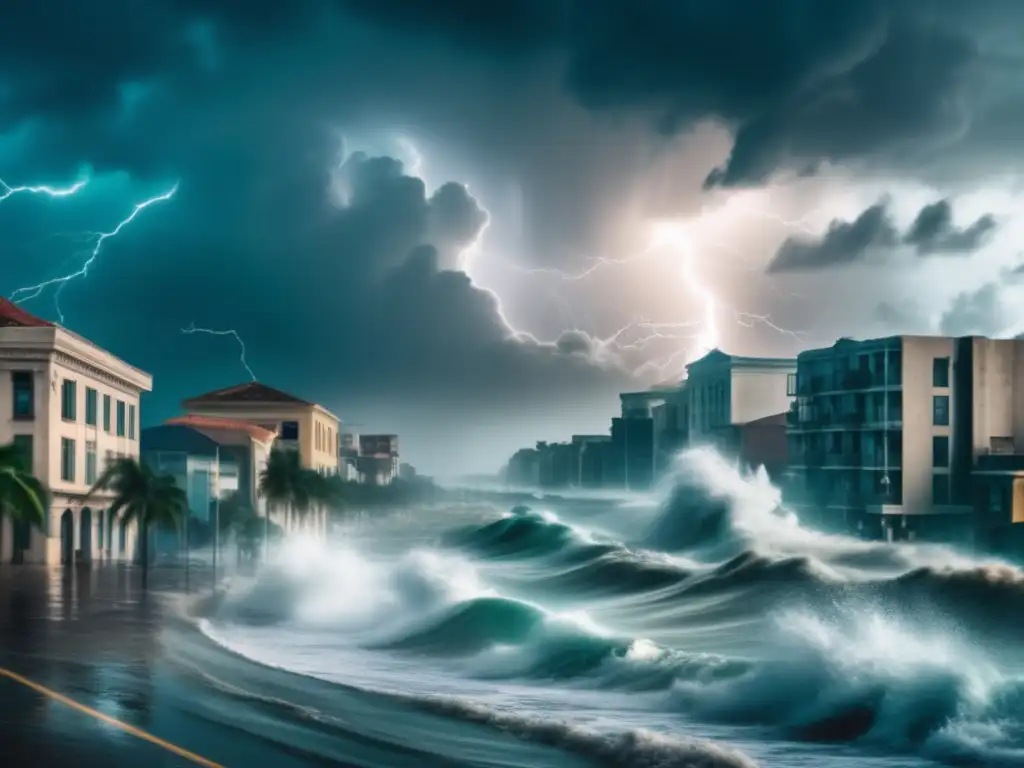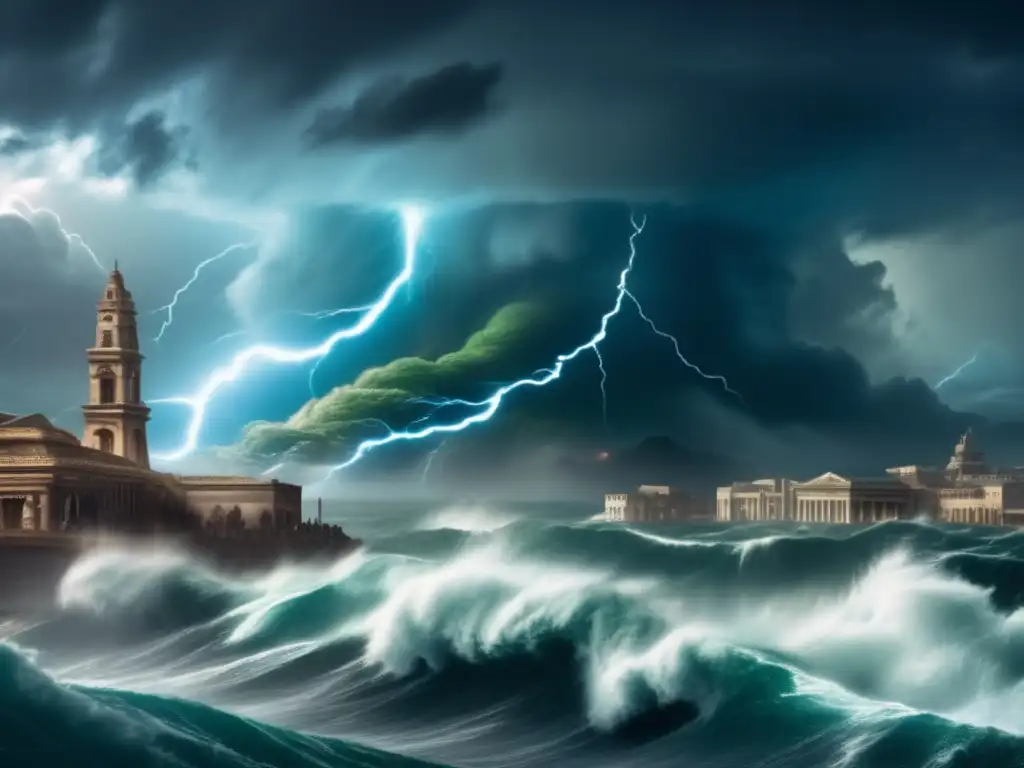Ancient Hurricanes: What We Know From The Geological Record

Ancient Hurricanes: What We Know From the Geological Record
Introduction
Hurricanes are powerful, devastating natural disasters that can cause widespread destruction and loss of life. While we have come a long way in forecasting and tracking hurricanes, there is still much to be learned about these storms, especially when it comes to understanding their history. One way to gain insight into the past of hurricanes is by examining the geological record. In this article, we will explore what we know about ancient hurricanes from the geological record, including how they were formed, their impacts on the Earth, and what this means for our future.
The Formation of Ancient Hurricanes

What is the Geological Record?
The geological record is the history of Earth as documented by rocks, fossils, and other geological features. By studying this record, scientists can learn about Earth's history, including how its climate has changed over time. This information can provide insight into how hurricanes formed and how they might evolve in the future.
How Were Ancient Hurricanes Formed?
Scientists believe that the formation of ancient hurricanes was similar to modern hurricanes. Warm ocean waters, combined with low atmospheric pressure and other factors, created conditions favorable for storm formation. However, the intensity and frequency of hurricanes varied depending on the climate and other environmental factors present at the time.
What Was the Impact of Ancient Hurricanes?
The impact of ancient hurricanes on the Earth varied depending on the intensity and frequency of storms. Some hurricanes caused widespread flooding, erosion, and other environmental damage. Others may have played a role in shaping the Earth's landscape over time.
Understanding Our Future

Can We Learn from Ancient Hurricanes?
Studying the geological record of ancient hurricanes can help us better understand how these storms have evolved over time and how they might continue to change in the future. This information can be used to improve hurricane forecasting, develop better evacuation plans, and prepare for the potential impacts of future storms.
What Does This Mean for Those Living in Hurricane-Prone Areas?
For those living in hurricane-prone areas, understanding the history of these storms is crucial for preparedness. By studying the geological record, we can learn about past hurricanes and their impacts, which can be used to improve disaster planning and response efforts. Additionally, this knowledge can help individuals and communities to take proactive steps to mitigate the potential impacts of future storms.
Frequently Asked Questions

-
Can ancient hurricanes predict future hurricane patterns?
While the geological record can provide insight into the evolution of hurricanes over time, it cannot predict future storm patterns with complete accuracy. However, this information can be used in conjunction with modern weather forecasting to improve our ability to prepare for and respond to future storms.
-
How can studying the geological record of hurricanes help us understand climate change?
The geological record can provide valuable information about how Earth's climate has changed over time, including changes in hurricane frequency and intensity. By studying these changes, scientists can gain a better understanding of how climate change may impact the frequency and intensity of future hurricanes.
-
Is there any evidence of hurricanes impacting human history?
Yes, there is evidence of hurricanes impacting human history. For example, Hurricane Katrina caused widespread devastation and loss of life in New Orleans in 2005. Additionally, there are records of hurricanes impacting ancient cultures, such as the Maya civilization in Central America.
-
Are there any benefits to hurricanes?
While hurricanes can cause significant damage and loss of life, they also play an important role in shaping the Earth's landscape. For example, hurricanes can create new beaches and build up sand dunes over time. Additionally, hurricanes can provide much-needed rainfall to areas experiencing drought or other water shortages.
-
What is the deadliest hurricane on record?
The deadliest hurricane on record is the 1970 Bhola Cyclone, which struck Bangladesh (then East Pakistan) and killed an estimated 500,000 people.
Conclusion
Studying the geological record of ancient hurricanes can provide valuable insight into the history of these powerful storms. By understanding how hurricanes have evolved over time, we can better prepare for their potential impacts in the future. This knowledge is especially important for those living in hurricane-prone areas, where preparedness can mean the difference between life and death. We encourage our readers to continue to learn more about hurricanes and to take proactive steps to prepare for their potential impacts.
Thank you for reading and please share this article with others who may find it interesting or useful.
Additional Resources

- National Hurricane Center
- Ready.gov's Guide to Hurricanes
- FEMA's Hurricane Ida Resources
- American Museum of Natural History: Geological Time Scale
 Hurricane-Proofing Cities: Is It Possible?
Hurricane-Proofing Cities: Is It Possible? Hurricanes In The Digital Age: Social Media's Role
Hurricanes In The Digital Age: Social Media's Role From Space: Astonishing Images Of Hurricanes
From Space: Astonishing Images Of HurricanesIf you want to discover more articles similar to Ancient Hurricanes: What We Know From The Geological Record, you can visit the Basic knowledge about hurricanes: category.
Leave a Reply

Articulos relacionados: